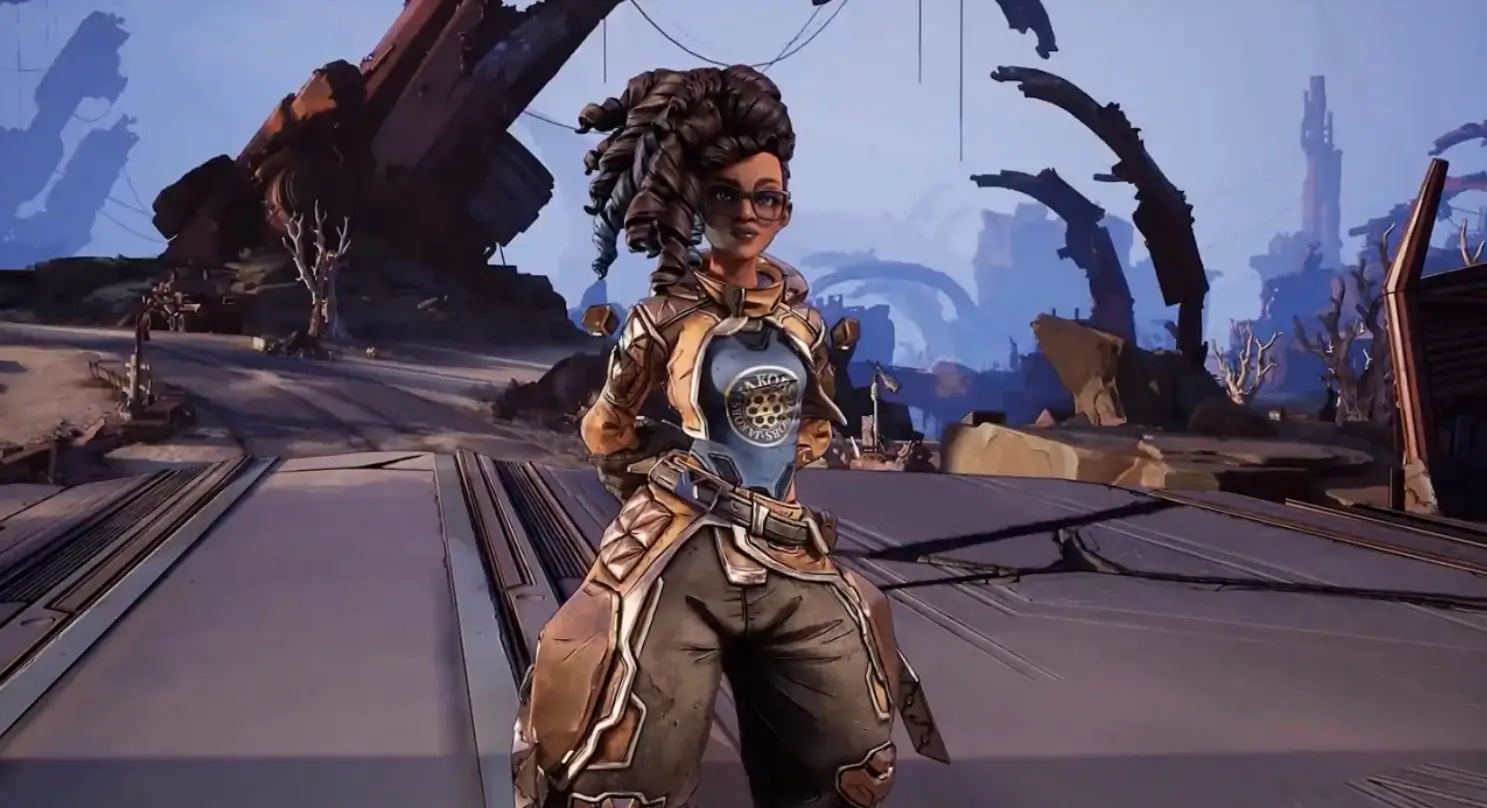Why Game Developers Still Struggle to Optimise for PC

PC gaming has never been more popular, but it also feels like it has never been more inconsistent. One week you’re playing a perfectly smooth title that scales beautifully across a wide range of hardware, and the next you’re fighting through stutters and shader compilation issues even on a £2000 system.
So why is PC optimisation still such a persistent problem in 2025?
The Complexity of the PC Ecosystem
Consoles are simple to optimise for because every player has the same hardware. PCs are the complete opposite. There are hundreds of GPU, CPU, and motherboard combinations, not to mention different RAM speeds, driver versions, and cooling setups. A game that runs smoothly on a Ryzen 7 with an RTX 4070 might behave very differently on an Intel Ultra 7 with a Radeon 9070.
Developers have to account for all of these possibilities, and it’s simply not realistic to test every scenario. This complexity is one reason why many PC ports rely heavily on post-launch patches to smooth things out once they reach real players.
Engines Are Stretched to Their Limits
Game engines like Unreal and Unity make multi-platform releases easier, but they also introduce performance trade-offs. Developers often use “one-size-fits-all” rendering paths designed to work across consoles and PC, which means the PC version can end up running code that isn’t fully optimised for its unique architecture.
Unreal Engine 5 is a great example. Its Nanite and Lumen systems are incredible for visuals, but they also demand precise tuning to run well on PC hardware. Without that tuning, even powerful rigs can suffer from CPU bottlenecks and inconsistent frame pacing.
Drivers and APIs: The Silent Trouble
Drivers play a bigger role in PC performance than most gamers realise. NVIDIA, AMD, and Intel all release driver updates to improve optimisation, but sometimes they’re working from incomplete game builds or rushed development timelines. That can lead to micro-stutters, shader caching issues, or even crashes.
The choice of API also matters. Many modern games use DirectX 12 or Vulkan, but these APIs shift much of the optimisation responsibility from the driver to the developer. This gives more control but also more room for mistakes.
Time and Budget Pressures
The truth is that PC optimisation often gets squeezed at the end of a development cycle. Studios have to meet launch deadlines for console releases, which tend to drive marketing and revenue. The PC version is sometimes left until last, or even outsourced to a separate team.
When deadlines are tight, PC players get a version that runs, but not one that shines. Over the following weeks, developers collect feedback and release patches that fix the worst performance problems.
It’s an unfortunate cycle that gamers have seen repeated across titles like The Last of Us Part I, Star Wars Jedi: Survivor, and more recently Borderlands 4.
The Good News: Some Studios Are Getting It Right
Not every release is a mess. Battlefield 6, for example, has been praised for its strong performance even on midrange hardware. DICE clearly prioritised stability and frame rate over cutting-edge visuals. The game runs well on five-year-old GPUs like the RTX 3060 Ti and Ryzen 5 CPUs, which shows what careful optimisation can achieve.
When developers build PC versions from the ground up instead of porting them, and when they test extensively across a range of real-world hardware, the results can be fantastic.
Q&A: Common PC Optimisation Questions
Why does my high-end PC struggle with certain games?
Usually because the bottleneck isn’t your hardware but the way the game uses it. Poor multithreading, unoptimised shaders, or excessive CPU draw calls can all cause slowdowns.
Will DirectStorage and faster SSDs fix these issues?
They help with loading times and texture streaming, but they won’t fix fundamental CPU or engine bottlenecks.
Is PC gaming becoming harder to optimise for?
Yes and no. Hardware variety and API complexity make things more difficult, but tools like DLSS, FSR, and engine-level scaling are improving rapidly.
Final Thoughts
PC gaming is both a blessing and a curse for developers. It offers limitless power and flexibility, but that same variety makes optimisation an uphill battle. When games like Battlefield 6 show that it can be done right, it reminds us that performance isn’t about raw power. It’s about care, testing, and smart design choices.
Here’s hoping more studios take that lesson forward into 2026 and beyond.
Tarl @ Gamertech

